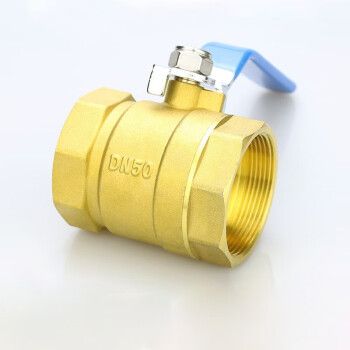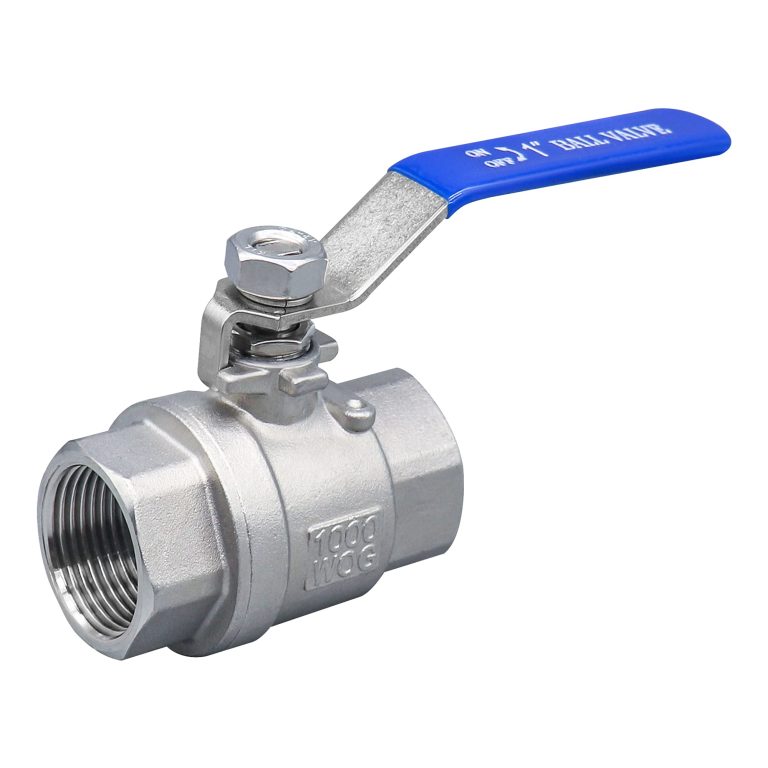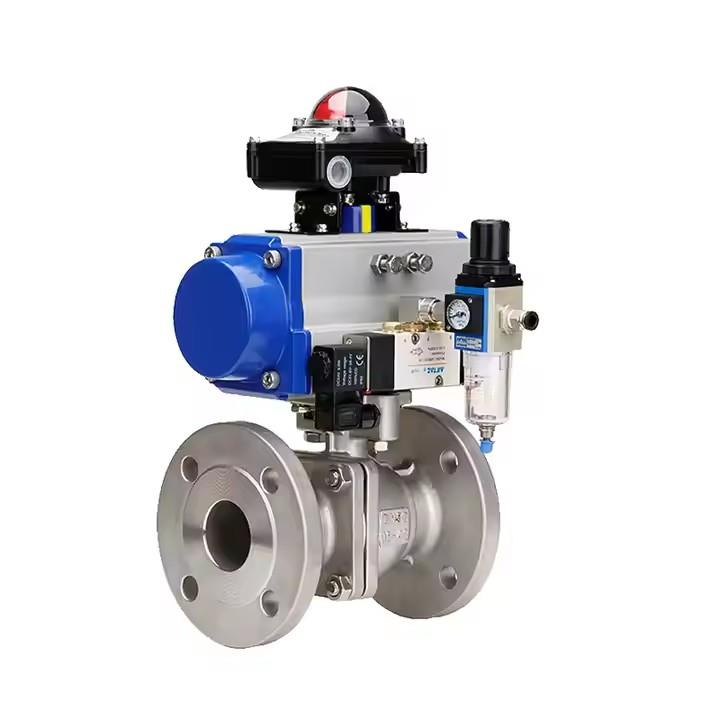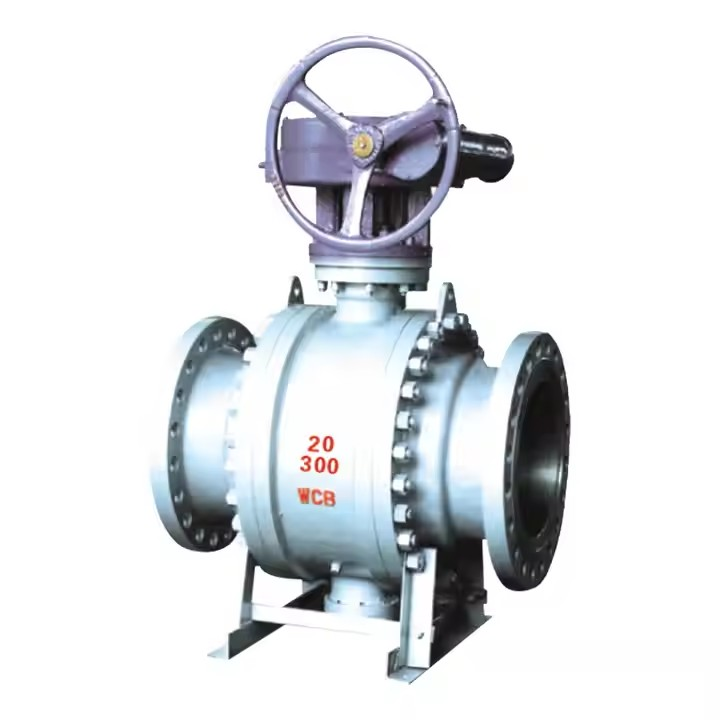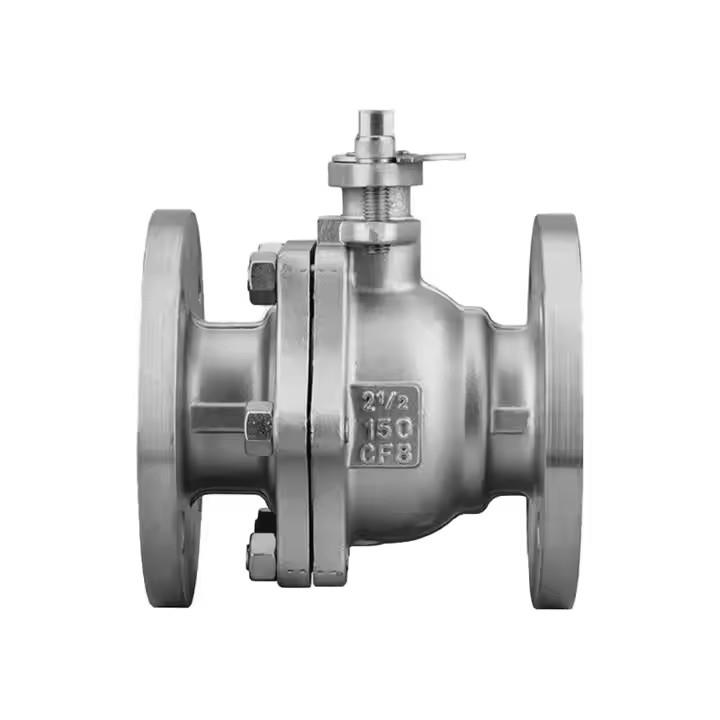Pneumatic Ball Valve
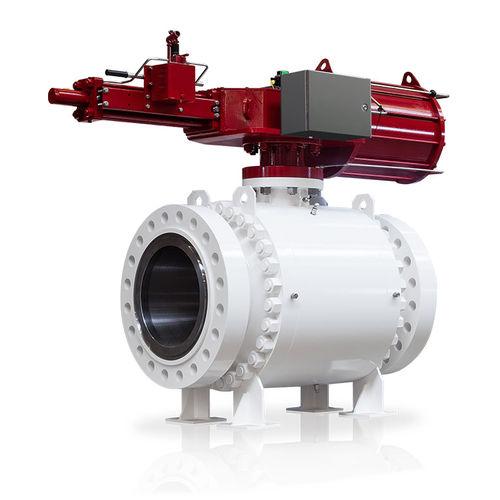
A pneumatic actuated ball valve is also a air actuated ball valve, driven by compressed air, which is of fast response, simple structure, good sealing performance, small flow resistance, wide applying scopes and has the function of remote control. Therefore, it is widely used in the flow control systems of the industrial field.
- The pneumatic ball valve is controlled by a pneumatic actuator . It can quickly open or close the valve, with a fast response speed.
- It has a compact structure, small volume, light weight, and is easy to install and maintain.
- The ball and the valve seat form a 90-degree angle. When the valve is closed, a seal is formed between the valve seat and the valve body, which can effectively prevent leakage.
- The inside of the ball is smooth and the flow passage is simple. thus it has a small flow resistance.
- Pneumatically actuated ball valves are suitable for the control of liquids, gases and corrosive media, and can operate under high temperature, high pressure and harsh working conditions.
- Through the remote control of the pneumatic actuator, the automatic control of the ball valve can be realized, which is convenient for centralized control and monitoring.
Main Part Material
| No | Part | Material |
| 1 | Body | FORGED STEEL / CARBON STEEL / STAINLESS STEEL |
| 2 | Bonnet | FORGED STEEL / CARBON STEEL / STAINLESS STEEL |
| 3 | Ball | FORGED STEEL / STAINLESS STEEL |
| 4 | Seat | PEFE / DEVELON / PEEK / METAL |
| 5 | Stem | FORGED STEEL / STAINLESS STEEL |
| 6 | Anti-static Device | SS304 / SS316 |
| 7 | Gasket | Graphite + SS304 / SS316 |
| 8 | Bolt | ASTM A193 B7 / B8 / B8M |
| 9 | Nut | ASTM A194 2H / 8 / 8M |
| 10 | O-ring | Viton A |
| 11 | Pneumatic Actuator | SS304 / SS316 / Aluminium |
The data is for reference only, please consult sales@wayvalve.com for details.
The pneumatic actuated ball valve is controlled by a pneumatic actuator.
- Topwells pneumatic ball valve can realize remote centralized control, which does not need to waste time running to the site or climbing to the height at the risk for manual control, greatly reducing the waste of personnel efficiency and ensuring the personal safety;
- The pneumatic ball valve only needs an air source to make the ball rotate 90° and a small torque to close the valve tightly. The inner chamber of the valve body of exactly the same size as the pipeline passage ensures minimal resistance and reduces energy waste in medium delivery;
- Topwells have pneumatic ball valve manufacturing experience for many years and international advanced technology combined with the design of the double seal structure, greatly ensure the valve in a variety of pressure conditions of the sealing performance. When the medium pressure runs in the low-pressure area, the contact area between the valve seat sealing ring and the ball is small, so there is a larger sealing pressure to ensure the valve seat is reliably sealed. When the medium runs in a high position, the contact area between the seat seal ring and the ball valve increases, so the seat seal ring can withstand the greater medium thrust without damage;
- Topwells pneumatic ball valves can be selected from various brands of pneumatic actuators to meet the special requirements of customers.
Pneumatically actuated ball valves are suitable for use across numerous industries:
- Industrial processes
- Chemical handling
- Manufacturing
- Food and beverage
- Wastewater handling
- Mining
- Municipal treatment facilities
- Power plants
- Energy refineries
- Clean water production
- Landfills
- Portable water
- Swimming pools
- Irrigation

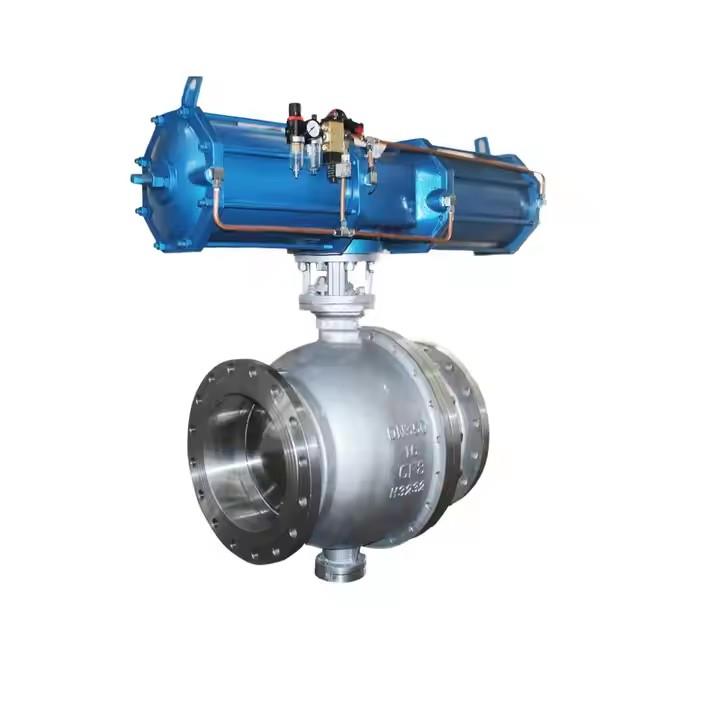
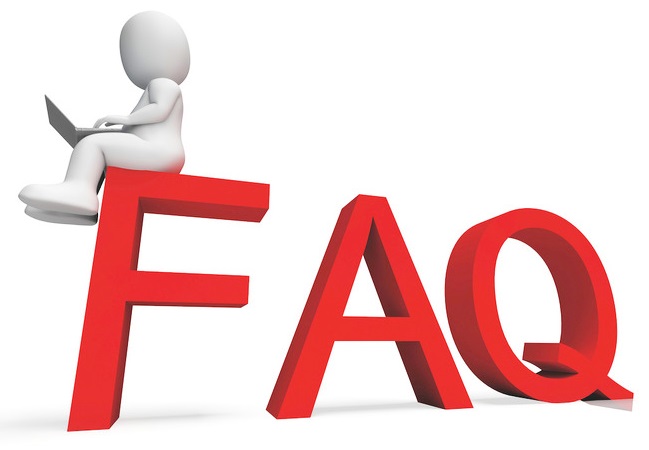
How does a pneumatic actuated ball valve work?
A pneumatic actuated ball valve works by using compressed air to power the actuator. The actuator has a piston or diaphragm that moves in response to the air pressure. This movement is transferred to the ball valve stem, which rotates the ball inside the valve. When the ball is rotated to align the bore with the pipeline, the valve is open and fluid can flow. When the ball is rotated to a position where the bore is perpendicular to the pipeline, the valve is closed, blocking the fluid flow.
What is the purpose of a pneumatic ball valve?
A pneumatic ball valve serves several important purposes in various industrial and commercial applications.
Firstly, its main purpose is to control the flow of fluids, including gases, liquids, and some slurries. By rotating the spherical ball inside the valve body, the opening and closing of the valve can be precisely controlled, thereby regulating the flow rate of the medium. This is crucial for maintaining the stability and efficiency of processes that rely on the accurate control of fluid flow, such as in chemical plants, oil refineries, and water treatment facilities.
Secondly, pneumatic ball valves are often used to isolate sections of a pipeline. In the event of maintenance, repair, or emergency shutdown, the valve can be closed to prevent the flow of the medium, ensuring the safety of workers and preventing potential leaks or accidents.
Finally, they are also used for on-off control in systems where a quick and reliable shut-off is required. The fast-acting nature of pneumatic ball valves, powered by compressed air, allows for rapid response times, making them suitable for applications such as in emergency shutdown systems or in processes where precise timing of flow interruption is critical.
Common faults of air actuated ball valves and troubleshooting
1. Valve fails to open/close.
Possible causes:
Inadequate air supply (pressure below actuator rating), blocked or leaking air pipes.
Actuator issues: damaged piston/diaphragm, broken spring (for spring-return actuators), or fractured shaft pin.
Jammed valve core: ball stuck by debris, bent valve stem, or deformed sealing surface.
Solenoid valve failure: burned coil, stuck spool, or loose wiring.
Solutions:
Check air pressure (typically 0.4~0.7MPa), clean or replace air hoses.
Disassemble the actuator to inspect and replace damaged components (piston, diaphragm, etc.).
Manually rotate the valve stem (if permitted) to clear debris; regrind or replace the valve core if seals are damaged.
Test solenoid coil resistance, clean the spool, or replace the solenoid valve.
2. Internal leakage (media leaks when valve is closed)
Possible causes:
Damaged sealing surfaces: corrosion, particle erosion, or aging of seal materials due to high temperatures.Misalignment between ball and valve seat: uneven tightening of flange bolts during installation, causing seat displacement.
Failed seals: O-rings or gaskets aged or improperly installed.
Solutions:
Replace seals with corrosion-resistant materials (e.g., PTFE, metal hard seals).
Reinstall the valve, ensuring flanges are parallel and bolts are evenly tightened.
Verify seal specifications and installation orientation; replace aged parts.
3. External leakage (leaks at valve body or connections)
Possible causes:
Cracks in the valve body (due to excessive pressure or material fatigue).
Loose flange connections or damaged gaskets.
Worn stem packing (stem seal) due to frequent operation.
Solutions:
Replace the valve body if cracked; check pressure ratings to avoid overloading.
Retighten flange bolts and replace damaged gaskets.
Adjust or replace stem packing (e.g., graphite or PTFE packing).
4. Slow or unresponsive actuation.
Possible causes:
Restricted air flow: clogged air filters, undersized air pipes, or faulty pressure regulators.
Actuator friction: insufficient lubrication in the piston chamber or rusted internal components
Solutions:
Clean or replace air filters; upgrade to properly sized pipes; calibrate pressure regulators.
Lubricate the actuator’s moving parts and remove rust from internal components.
5. Erratic operation (unexpected opening/closing)
Possible causes:
Electrical interference with the control signal (e.g., for solenoid-controlled valves).
Faulty positioners (in control valves) or unstable unstable air pressure.
Solutions:
Shield control wiring to reduce interference; check and stabilize air pressure.
Calibrate or replace positioners to ensure accurate signal transmission.
These faults are often preventable with regular maintenance, such as cleaning air supply lines, lubricating moving parts, and inspecting seals for wear.
INQUIRY

